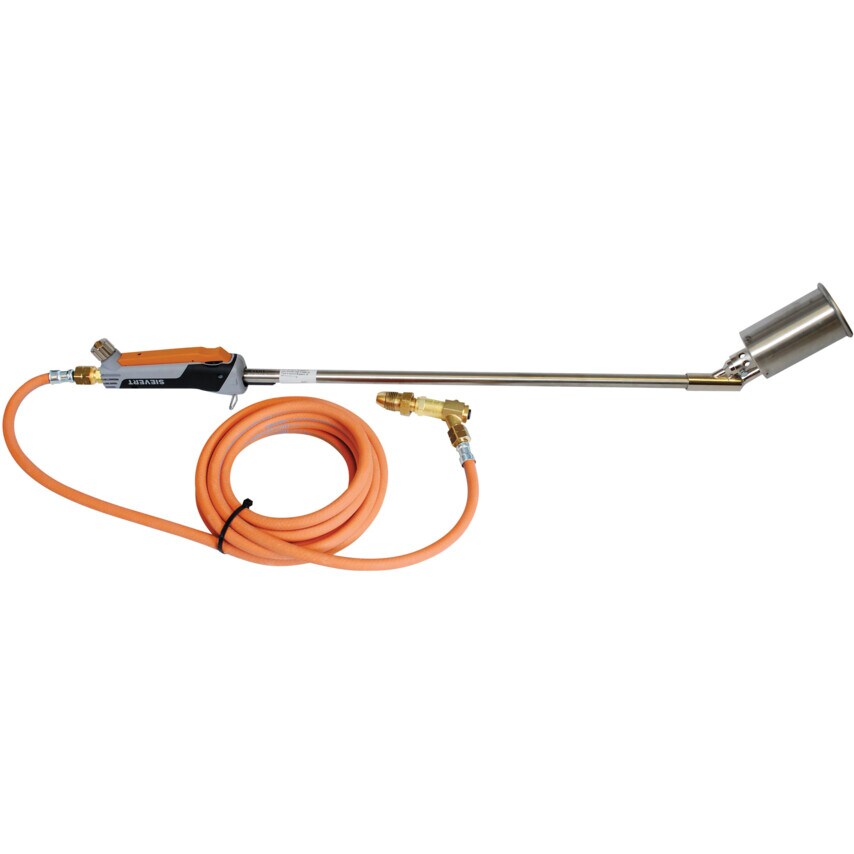Sievert Single Gauge Regulator with Adjustable Pressure 1-4 Bar and Hose Failure Valve with Pol Inlet - 308311
Why use a regulator.
Certain Pro 86/88 burners, such as cyclone burners and most Promatic burners, require a steady pressure of 2 bar in order to perform well. Other burners can also operate under higher pressures but it is still an advantage to reduce the pressure from the propane cylinder.
The advantage is that the pressure can be stabilized to obtain the same pressure on a warm summer s day as on a cold winter s day. The pressure in an LP-gas cylinder varies with temperature. If the gas output is high, the gas cylinder will be cooled down and the pressure will drop.
Why use a hose failure valve.
A hose failure valve improves safety by cutting off the gas flow in case of a hose rupture or some other major gas leak. The use of hose failure valves is especially recommended on long hoses. The hose connection rotate freely on the valve housing, which reduces the risk of the hose becoming entangled.
Sievert hose failure valves are supplied separately (3054) or integrated in regulators (3063, 3083, 3092 and 3093).
Why use LTS
The Leak Test System improves safety even further. The LTS valve is designed to detect minor leaks. Before starting work, the operator can check for leaks in the system with the LTS valve.
Their use is especially recommended in poorly ventilated premises and when working below ground. A regulator with LTS is always combined with a hose failure valve, to take care of the risk from major leaks.





































